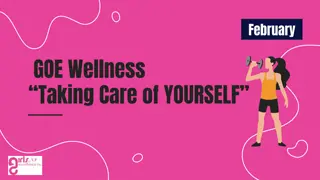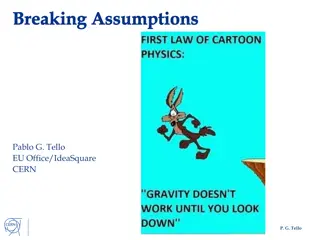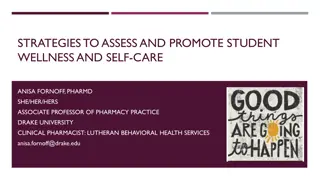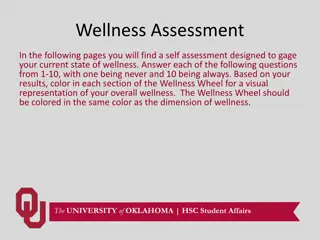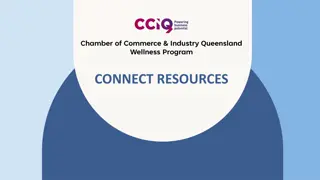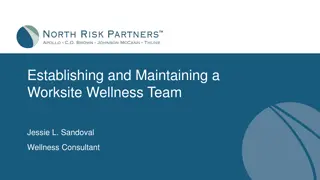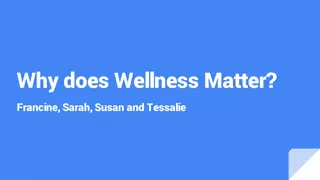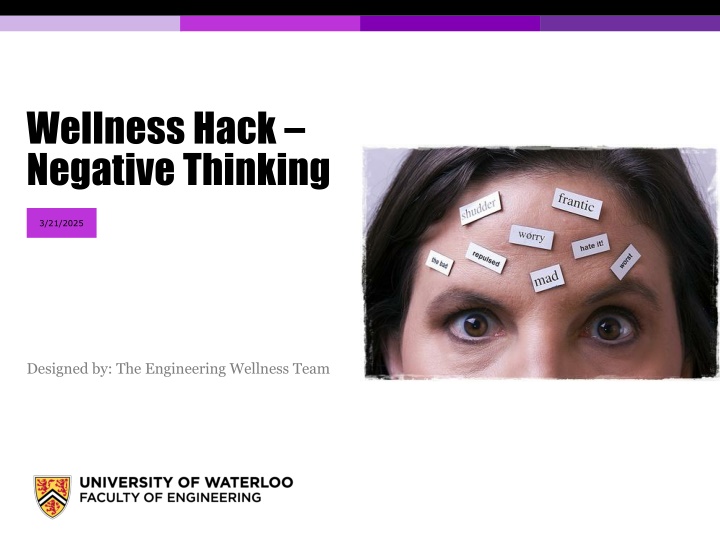
Overcoming Common Negative Thinking Patterns for Improved Well-being
Learn how to identify and challenge common negative thinking errors that can impact your mental health and well-being. Discover strategies to cultivate positive thinking and habits that promote a healthier mindset and improved quality of life.
Download Presentation

Please find below an Image/Link to download the presentation.
The content on the website is provided AS IS for your information and personal use only. It may not be sold, licensed, or shared on other websites without obtaining consent from the author. If you encounter any issues during the download, it is possible that the publisher has removed the file from their server.
You are allowed to download the files provided on this website for personal or commercial use, subject to the condition that they are used lawfully. All files are the property of their respective owners.
The content on the website is provided AS IS for your information and personal use only. It may not be sold, licensed, or shared on other websites without obtaining consent from the author.
E N D
Presentation Transcript
Wellness Hack Negative Thinking 3/21/2025 Designed by: The Engineering Wellness Team
Negative thinking can negatively impact your academic performance! We are the Products of our Thoughts Taking the Positive Route Practice makes Perfect(ish) Behaviours that are automated and routinized become our habits. Habit change is realized through consistent effort and practice. Think about how long it took for you to form a negative perspective. Switching to more positive thinking will also take time! Our internal monologue governs so much about how we think, feel, and act. What we think has a powerful effect on our lives and how we feel. While it s common to trust our inner-selves, the truth is that our thoughts have a tendency to deceive us! It s not easy to think positively in the face of overwhelming negativity or adversity. Fortunately, there are many ways you can modify your thought path either through self-compassion/improvement or professional support. Negative Thinking PAGE 2
Common Thinking Errors (Distortions) All-or-Nothing Thinking (aka. Black and White thinking) Thinking of things in absolute terms like, always , every , or never . Few aspects of human behaviour (and life) are so absolute. Overgeneralizations Taking isolated cases and using them to make wide generalizations. For example, you see a single negative event as a never-ending pattern of defeat. Negative Mental Filter Focusing exclusively on certain, usually negative or upsetting, aspects of something while ignoring everything else. For example, you selectively hear the one tiny negative feedback surrounded by all of the positive remarks. Shoulding Shoulding is focusing on what you can t control. Obsessing on what you think should or ought to be rather than the actual situation you are faced with. Learn to work with What is . Disqualifying the Positive Continually shooting down positive experiences for arbitrary, ad hoc reasons. Maintaining a negative belief that is contradicted by your everyday experiences. Labelling and Mislabeling (similar to overgeneralizations) Rather than describing a particular or specific behavior, you assign a label to someone or yourself that is represented in absolute and unalterable negative terms. Negative Thinking PAGE 3
Common Thinking Errors (Distortions) continued Magnification & Minimization Exaggerating negatives and understating positives. Often the positive characteristics of other people are exaggerated and negatives understated (think social media). A subtype of magnification catastrophizing is focusing on the worst possible outcome, however unlikely, or thinking that a situation is unbearable or impossible when it is really just uncomfortable. Emotional Reasoning Making decisions and arguments based on how you feel rather than objective reality. Those who allow themselves to get caught up in emotional reasoning can become completely blinded to the difference between feelings and facts. Personalization & Blaming Personalization occurs when you hold yourself personally responsible for an event that isn t entirely under your control. On the flip side of personalization is blaming some people blame others or their circumstances for their problems and tend to overlook ways that they themselves are contributing to the problems. Jumping to Conclusions Assuming something negative where there is actually no evidence to support it. Two specific subtypes are also identified: Mind Reading assuming the intentions of others. Fortune Telling anticipating that things will turn out poorly. You feel convinced that your prediction is an already established fact. Negative Thinking PAGE 4
Migrating to Positive Thinking 2. Challenge your Thoughts 3. Use Available Supports 1. Maintain Awareness The key to any positive habit change is self-awareness. You won t feel the need to change if you don t see anything worth changing! Be mindful of your thinking and see if you catch yourself falling into the thinking errors trap. The strategy of challenging your thoughts shifts you away from thinking emotionally and moves you into thinking more logically. This allows you to see a different perspective, think clearer, and shift your impulsive emotional responses. This will take time and practice before the results are more automatic. As much as we may try to convince ourselves, sometimes it s best to hear it from someone you trust, respect, and know. We re our own worst critics after- all! What would a friend say to your negative thoughts? If you need some tips, see the resources slide! Negative Thinking PAGE 5
Challenging your Negative Thoughts There are different methods that you can use to challenge your negative thoughts. Below are just a few: Challenging Thinking Questions: Am I being objective? Am I looking at the whole picture? Is this a helpful way of thinking? If what I predict happens, what would that mean to me? What would realistically happen next? How would I cope? What is the worst that can happen? What is the best that could happen? What is most likely to happen? Perspective Taking Questions: How would someone who isn t anxious view this same situation? How would someone who cares about me view this situation? What would they say to me? What would I say to a loved one who was having the same negative thoughts? Positive Coping Statements: I ve felt like this before, and it goes away with time. This too will pass. I know what is happening and how my body is reacting. I just need to breathe through this. I can survive this. I ve done it before! Negative Thinking PAGE 6
Resources and Supports for Mitigating Negative Thoughts Campus Wellness Counselling Services MATES Peer Support Contac the FoE Wellness Team (ENGWellness@uwaterloo.ca) ENGSoc Mental Health Supports webpage Includes How to mental health guide for UW campus Includes information regarding Waterloo Regional Supports Additional Resources from Campus Wellness: In-person Workshops and Seminars Online Workshops Challenging Thinking handout (PDF) Regional (Waterloo Region) Support Services external database from Campus Wellness Negative Thinking PAGE 7





